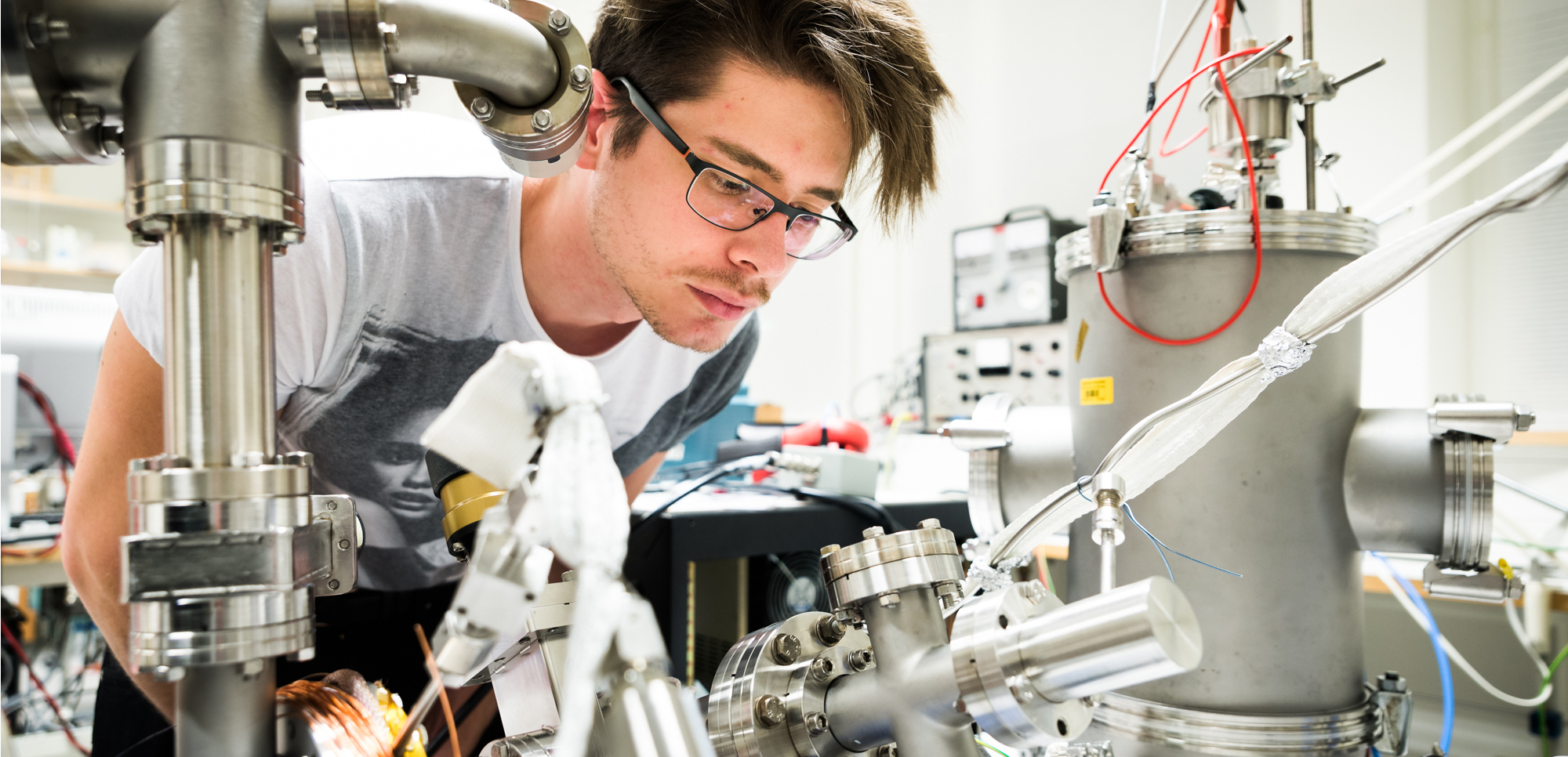Soft materials
In the boundary between technology and medicine
Researchers at LiU are developing nanolayers that have properties similar to those of biological materials, and they are using 3D printers to produce materials for medical applications. Research into biosensors and other bioelectronics is also far advanced.
The research into soft materials bridges over several fields.
One activity that lies in the boundary region between physics, chemistry, biology and electronics, is the development of instruments and materials for the manufacture of, for example, microbioreactors and artificial skin.
The researchers use 3D printers that print very thin layers of soft materials (often polymers) one on top of the other, suitable for the particular application. New materials are also being developed to support the cells that form new organs.
Conducting polymers have the ability to change their electrochemical properties, and researchers are exploiting this property to develop sensors for medical diagnosis. 3D printing also makes it possible to manufacture diagnostic instruments at low cost.
A further field in which LiU researchers are in the forefront concerns the development of nanoprobes for medical applications, such as the development of targeted contrast agents used in medical imaging. This is research that increases the likelihood of discovering diseases such as cancer at an early stage.
The research field covering bioelectronics and biosensors is extensive, and more information can be found in the descriptions of other research areas, such as organic electronics and sensors below.



